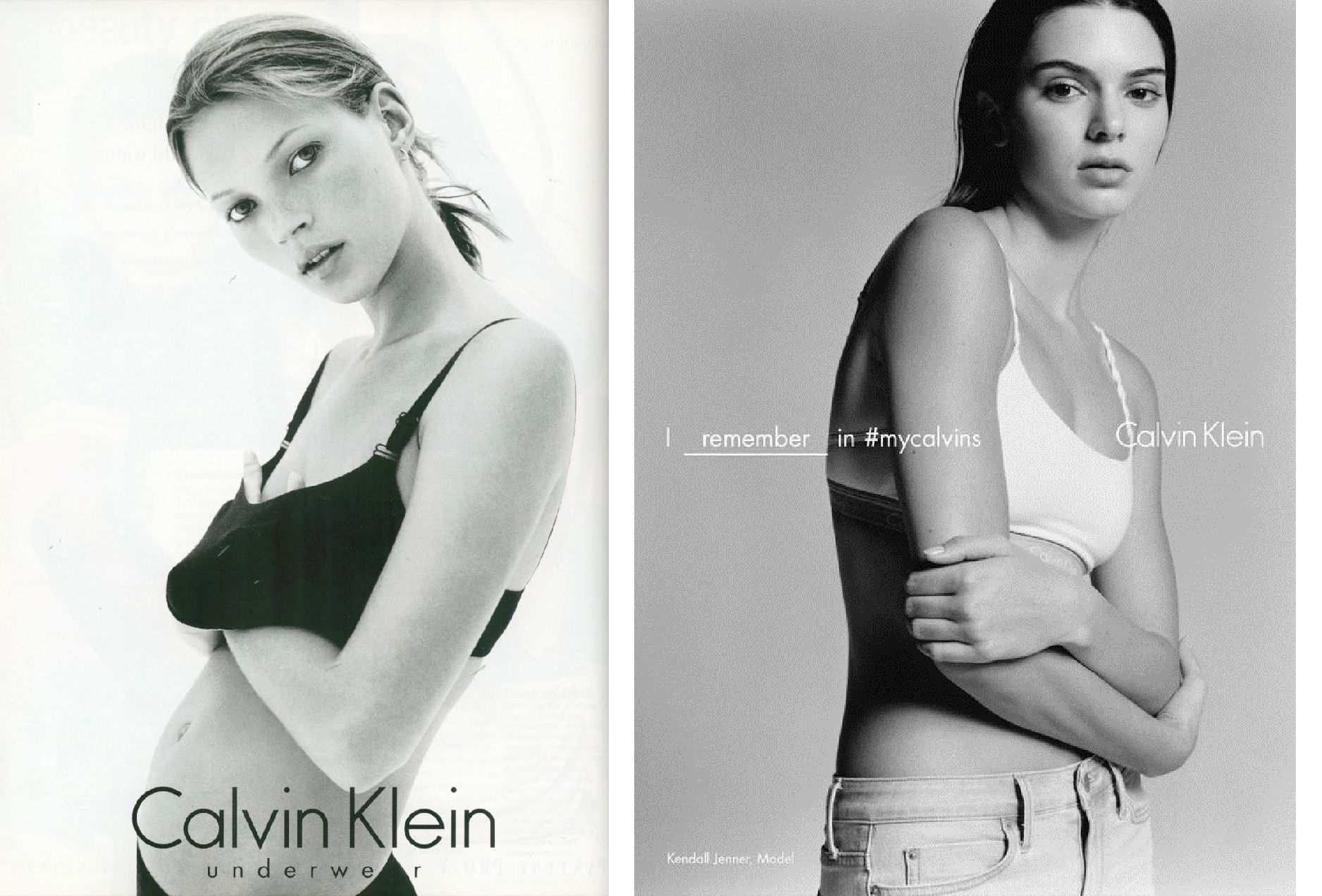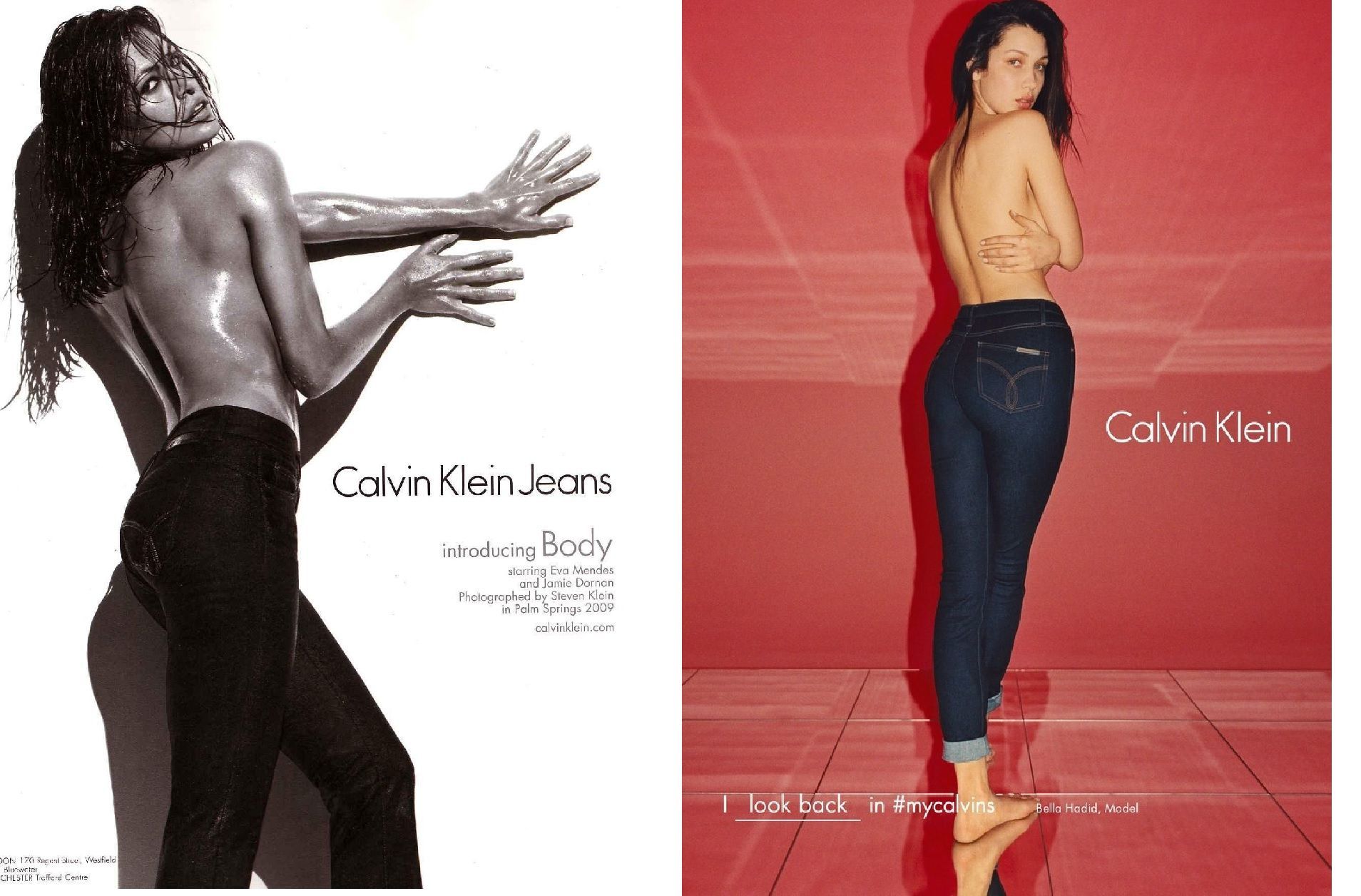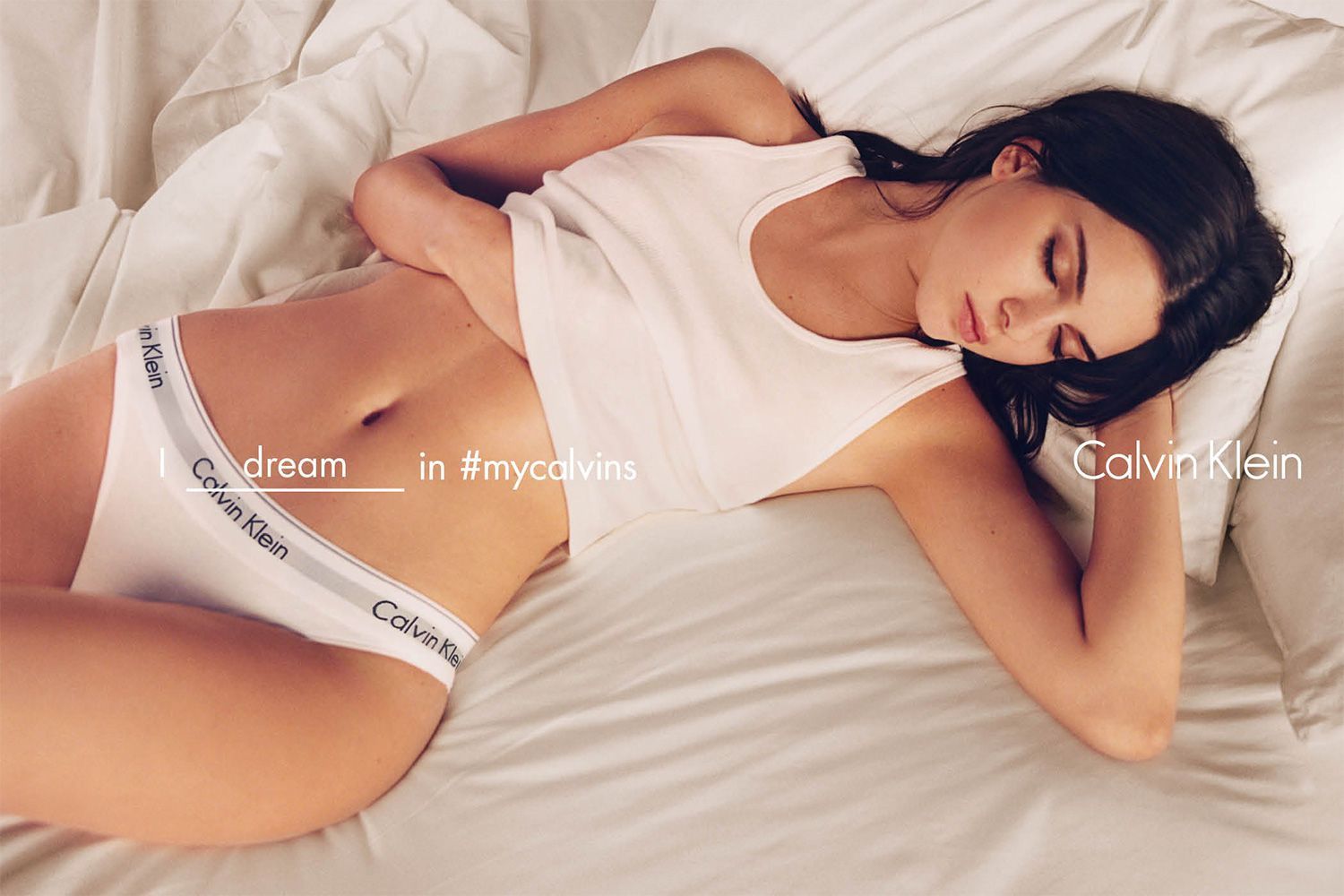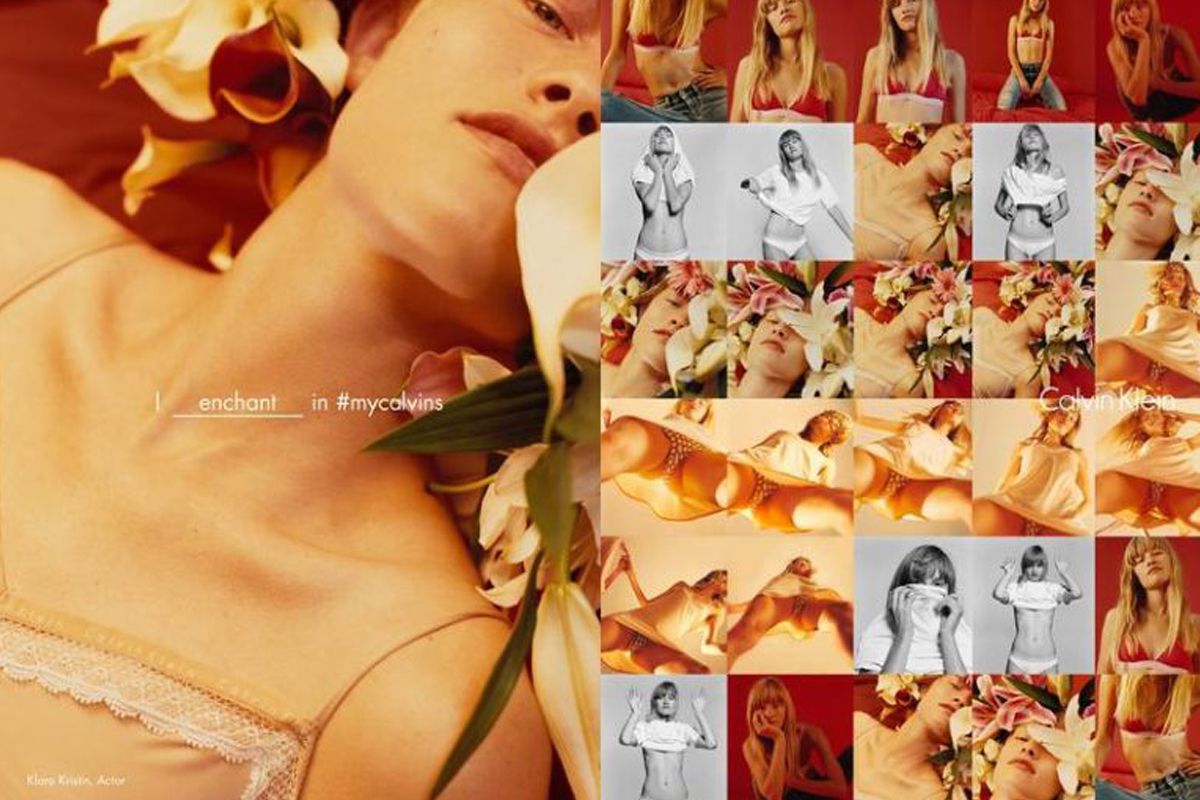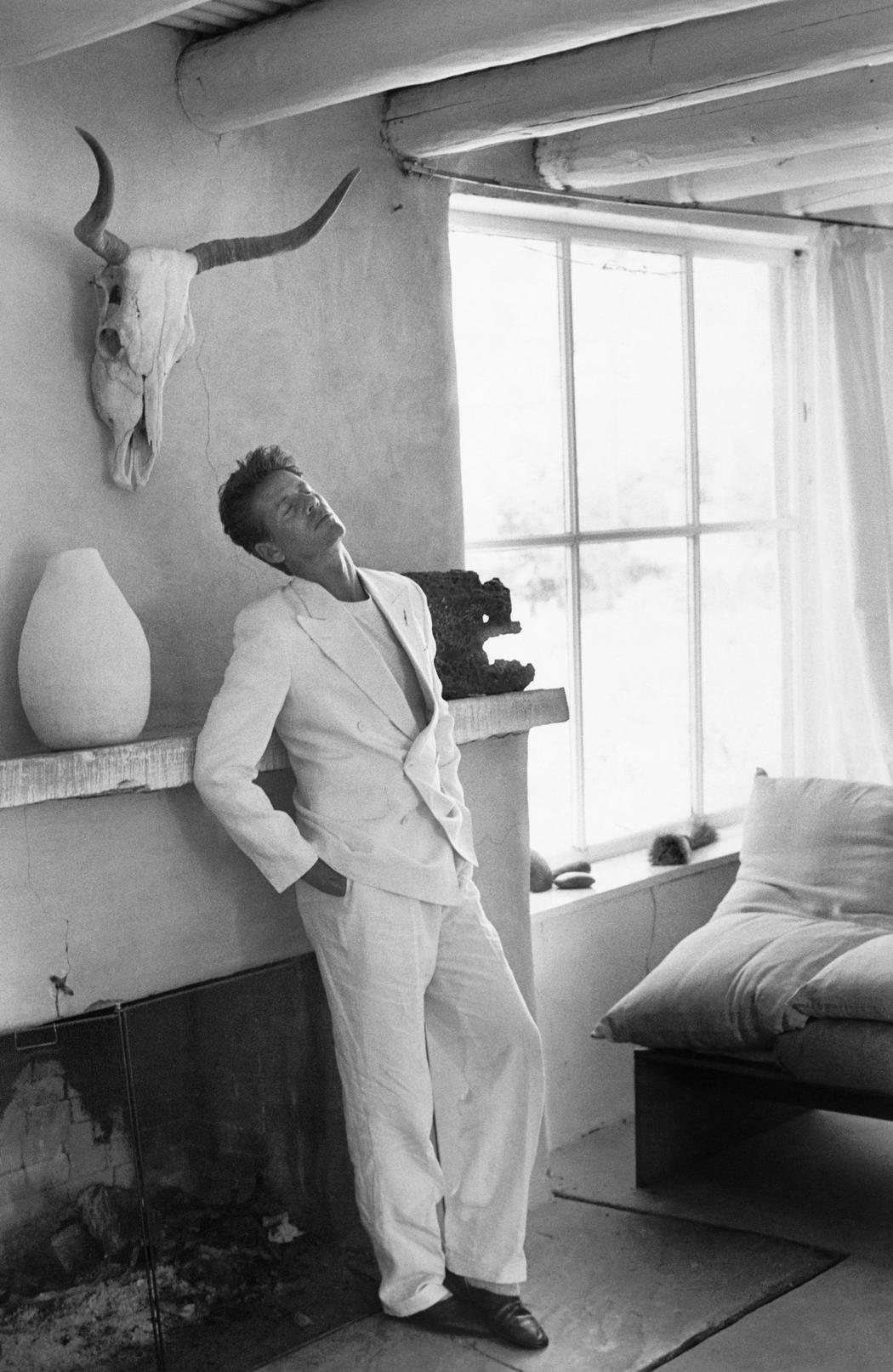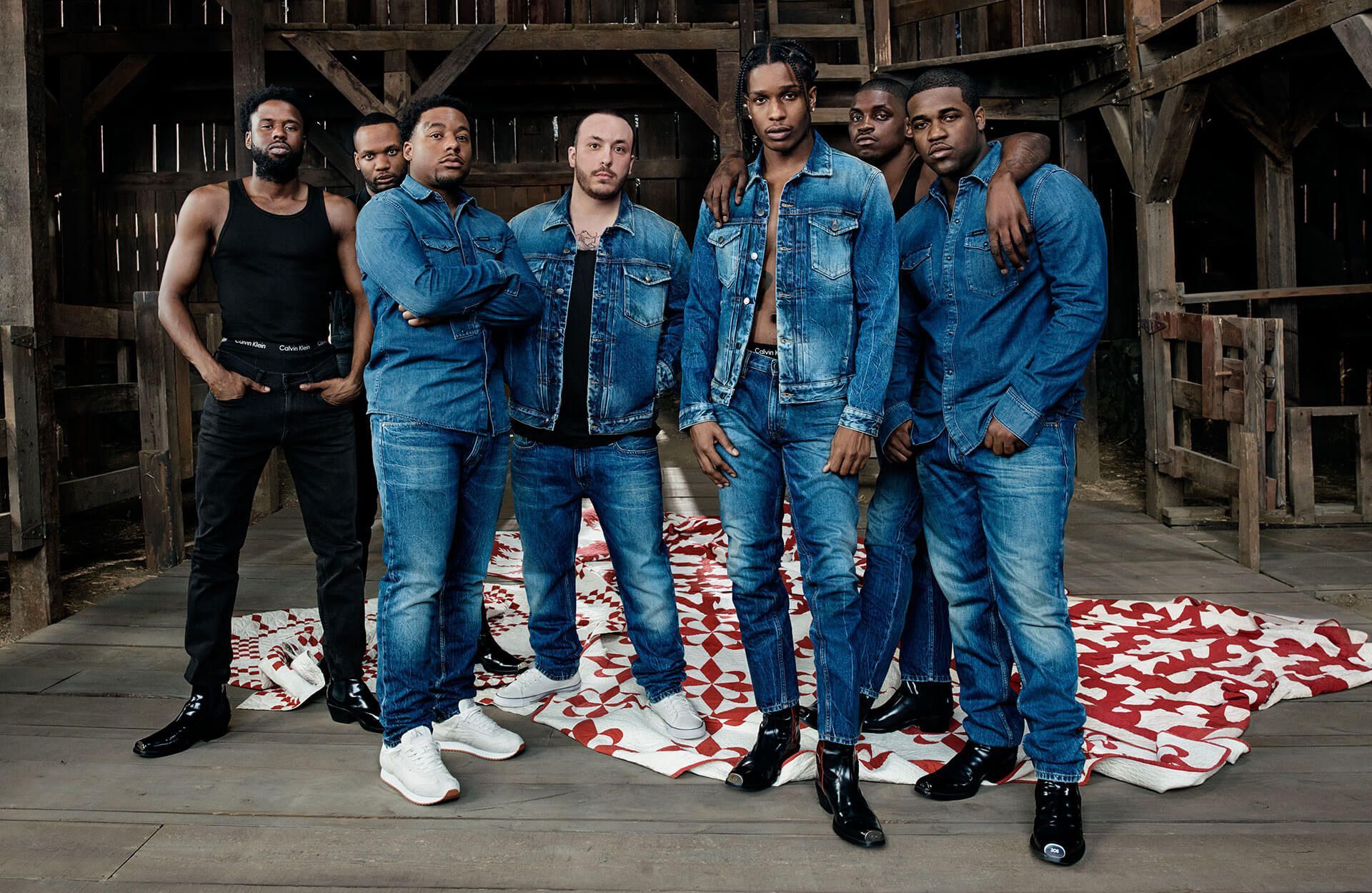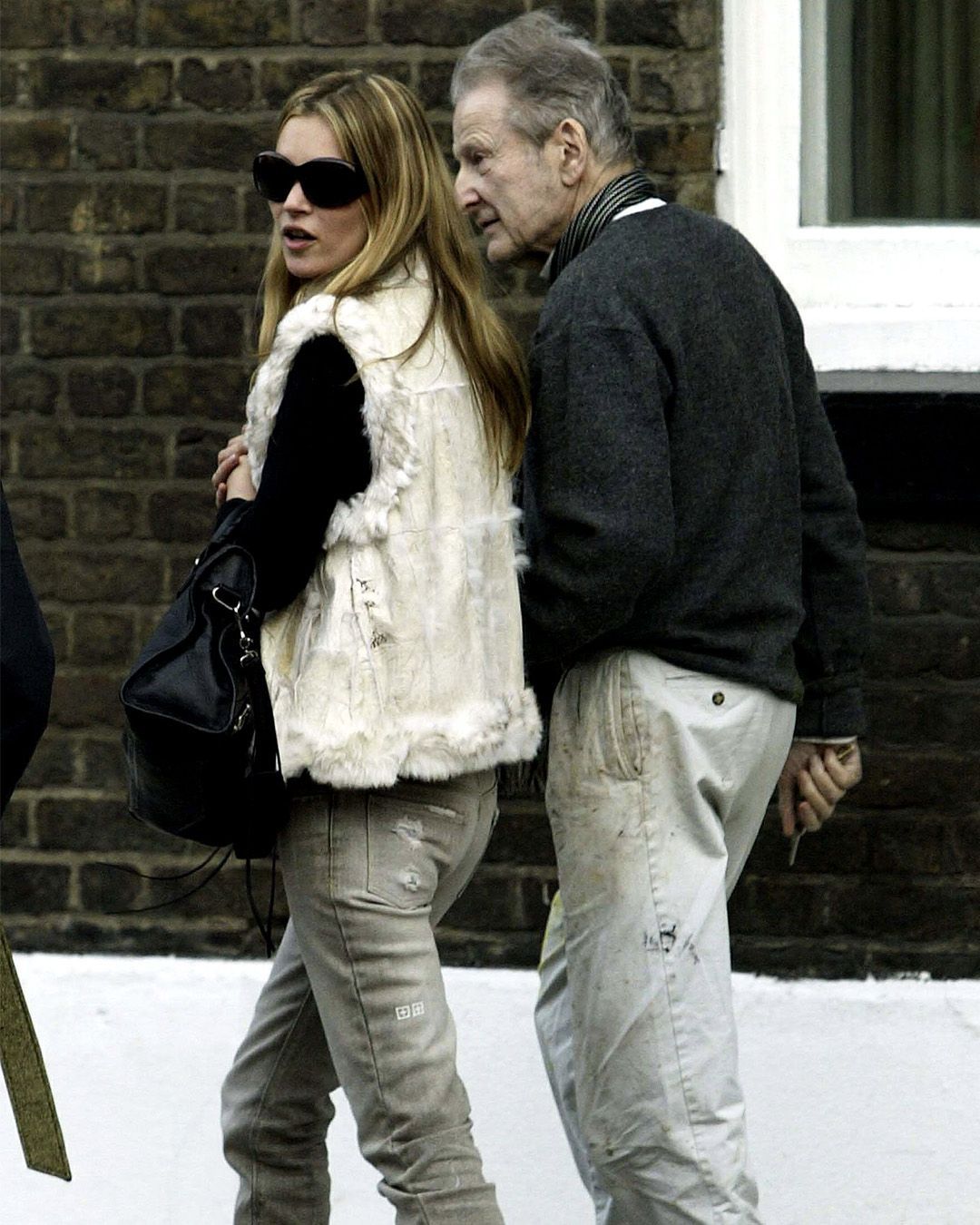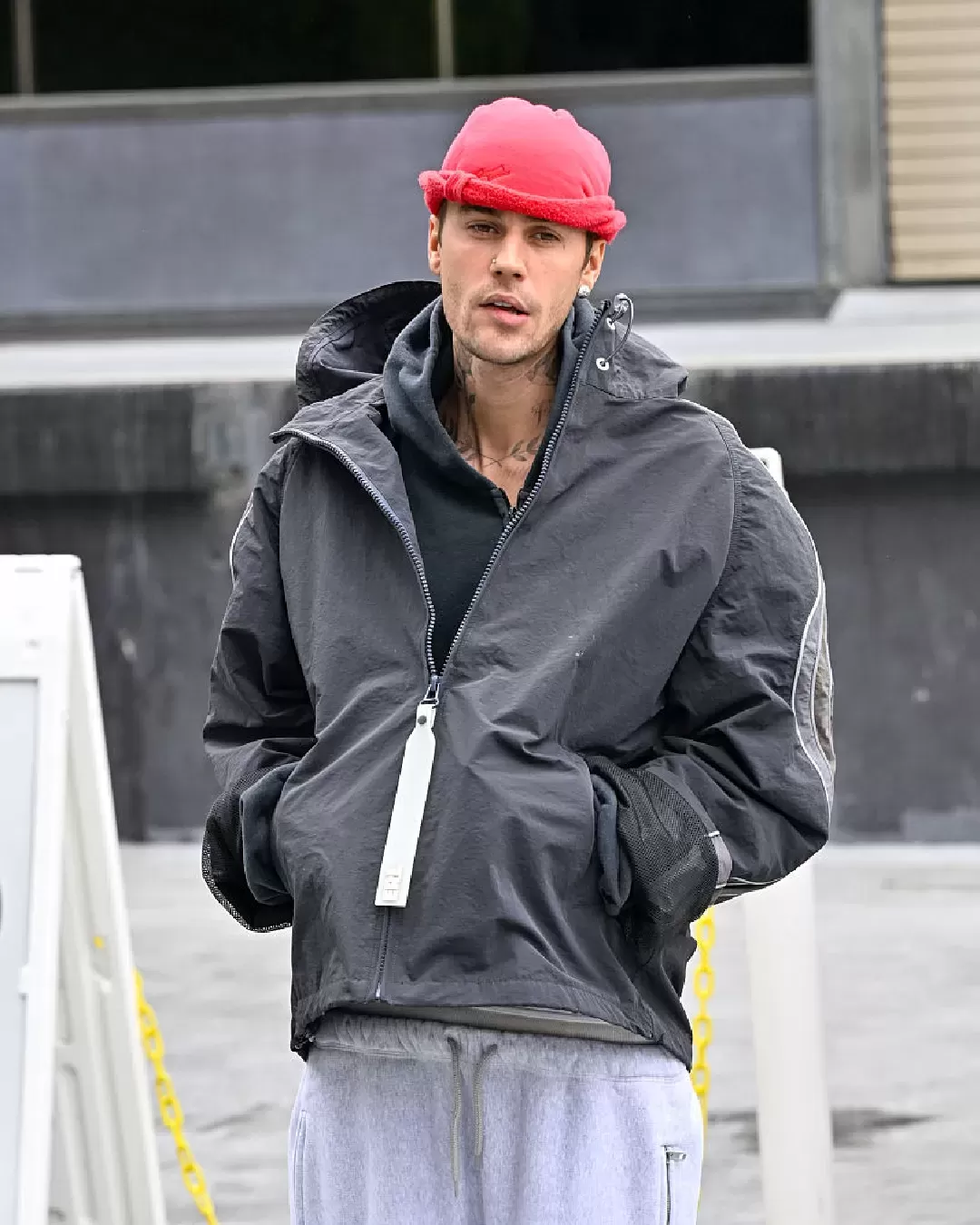
CALVIN KLEIN vs MY CALVINS The evolution of advertising campaigns that have made this brand an icon
Vanessa Friedman, the fashion critic of the New York Times, writes:
"Yet sex has been a fundamental tool in the selling of fashion for years. And no onewielded it more effectively than Calvin Klein. In a pre-internet world, he built a global brand on the power of astonishingly provocative imagery. Before there was such a thing as going viral, his ad campaigns did it anyway, born on tides of outrage and, well, obsessive looking".
nss traces the history and change of the campaigns that have made the brand iconic, from shots with the young Brooke Shields to the series #MyCalvins, through the era Kate Moss.
The origins
Calvin Klein is a mysterious figure.
Despite international success, very little is known about this man.
He graduated from the High School of Industrial Arts and then, in 1963, he graduated in Fine Arts at the Fashion Institute of Technology (FIT). His first full employment in fashion dates back to 1961, when he was hired as a copyboy in the art department of WWD. Since then he has collected a fair sequence of jobs in the sector, all or almost finished with his resignation. The boy is restless and wants to do things his way.
Finally he succeeds in the late 60s when he founds his company.
The first show, in April 1970, is modest, produced with a badget of about $ 10,000 dollars for only 50 pieces, but a success, which puts the designer in the list of talents to watch out for.
In the following decade the company expands and consolidates, obtaining very good proceeds to be estimated as early as 6 million dollars in 1976.
Me and my Calvins
Initially Klein is opposed to TV ads, but in 1980, luckily, he changes his mind.
He chooses Richard Avedon to direct the commercials which, in turn, hires 15-year-old Brooke Shields.
The idea behind both the television version and the paper version is simple: "give the image of Calvin Klein to jeans and not a jeans image to Calvin Klein".
This is why the actress is portrayed in different poses (the most famous describes a bow) with a shirt and a pair of jeans on bare skin. All accompanied by the winking slogan:
" You want to know what comes between me and my Calvins? Nothing".
Result? The spot is banned by various TV and media (including Vogue) and the controversy is multiplying for having associated a girl so young to such a mischievous image. Not only negative feedback for "Me and my Calvins" which proves to be a winning marketing strategy, increasing sales by 300% in three months and marking the beginning of a series of iconic and scandalous advertising for CK.
The second cult image arrives in 1982, when the photographer Bruce Weber portrays, for Klein's first underwear campaign, the Olympic athlete Tom Hintnaus in white underwear against a wall of a typical house of a Greek island in the Aegean. A giant billboard blocks the traffic in Times Square and the posters with the handsome guy posted around the city are literally snapped up.
Kate Moss and the 90s
In the 90s, especially thanks to advertising campaigns with Kate Moss, Calvin Klein became an iconic brand, symbol of American fashion and the spirit of that decade.
Kate hugging Marky Mark (aka Mark Wahlberg) in front of Herb Ritts goal; Kate skinny, with marked dark circles, yet beautiful, photographed by the boyfriend of the time Mario Sorrenti; Kate heroin-chic; Kate without makeup, naked, fragile and powerful, so different from the female model in vogue at the time.
Klein's great intuition was that he put together casual style, basic and sinful eroticism, managing to create a new idea of American sensuality to which Moss has given body and face.
As often happens to the brand, the images of advertising campaigns with half-naked, young, emaciated bodies for women, muscular for men, exalted by great photographers like Peter Lindbergh, Steven Meisel, Bruce Weber, are accused of touching pornography and child pornography. Nevertheless, in the 90s there is nothing cooler than an advertisement, a pair of jeans, underwear or Calvin Klein perfume.
#MyCalvins
With the arrival of the 2000s Klein pushes the accelerator on a sexy image, more and more glamorous, sophisticated and open-minded.
It is the period of the hot shots of Eva Mendes and Jamie Dornan, of the orgy of the 2009 spot of Calvin Klein Jeans, of the 2010 scene that recalls that of a violence or that of 2011 that joining pieces of sets, graphics and underwear form the word "Fuck" or FW 2015-2016 including Tinder screenshots.
Little by little, the pure, natural side of the campaigns of the previous decade, returns to emerge, this time combined with social networks, their stars, the idea of crew thanks to the #MyCalvins campaign.
Sexuality returns without artifice, intimate and exhibited at the same time with the arrival of the culture of "selfie", the body is no longer slender, but embraces the curves of women like the sisters Kardashian-Jenner.
«Calvin Klein Jeans has always combined sensual energy and cultural aspects» - says Melisa Goldie, chief marketing officer of Calvin Klein, Inc. - «with that campaign, we create an emotional connection with the new generation that is so digitalized, while using a new network that has become the standard in terms of dating».
What has not changed over the years? The accusations and criticism for images too sexy and hot. The last ones in the center of the viewfinder are that of Kendall Jenner who squeezes half her grapefruit in her hands, referring to the female genitals; that of actress Kristen Klara, portrayed from below while wearing a skirt that showcases her lingerie.
Below we compare the similarities between the Calvin Klein campaigns and the images of the #MyCalvins series
1992 - 2014
1993 - 2016
1997 - 2016
1992 - 2015
1992 - 2016
1995 - 2016
2009 - 2017
2009 - 2016
1992 - 2016
1994 - 2016
1980 - 2016










































